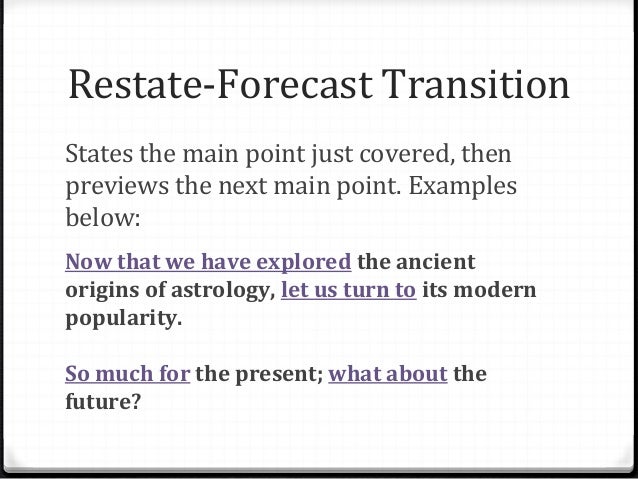
Importantly, climate risk integration must be carried out at both the top-down and bottom-up levels to gain a holistic and nuanced view of a portfolio’s climate risks and investee companies’ climate resilience plans. Given the non-zero probabilities of all four climate scenarios and the fact that they will continue to change, investors should manage their portfolios nimbly and optimise for a range of climate outcomes. We anticipate further changes ahead, although the future is uncertain. Too Little Too Late is the marginally predominant scenario at this time, although encouragingly the Failed Transition probability has declined considerably thanks to country and industry commitments and policies.

The GCS probabilities provide an outlook based on the state of the world today. This provides a useful reference point as we work towards strengthening the integration of climate risks in our portfolios, whether through more in-depth due diligence on physical risks or by accounting for transition risks through carbon price stress tests and/or climate value-at-risk analyses. The GCS enables GIC and our peers to think beyond binary outcomes of whether the world is on track to meet the climate goals set by the Paris Agreement, by allowing a more nuanced probability assessment. Investors must prepare to navigate heightened volatility when stronger climate actions materialise. Any rapid closing of the widening gap could precipitate disruptive change. There is a widening gap between countries’ words and deeds as countries appear to accelerate their commitments even as actual policymaking lags behind (Figure 4). Climate progress disguises disruptive change on the horizon: The fall in probability of the worst-case scenario, a Failed Transition, over the last three years is driven in part by strengthening country commitments, which can be a leading indicator of future action.Investors cannot only focus on managing transition risks – addressing physical risks is equally important. Elevated transition and physical risks: Scenarios with high physical risks are “Likely” and those with high transition risks are “As Likely As Not”.Investors who optimise their portfolio for a single scenario risk getting blindsided. However, none can be completely ruled out either. High degree of climate scenario uncertainty : No climate scenario has more than 50% probability.Three key insights from the GCS and their investor implications: Figure 1 illustrates where these climate scenarios reside on the spectra of physical risks and transition risks. At GIC, we have developed the GIC Climate Signposts (GCS) to provide a holistic and balanced appraisal of the likelihood of GIC’s four main climate scenarios: Net Zero (NZ), Delayed Disorderly Transition (DDT), Too Little Too Late (TLTL), and Failed Transition (FT). To reconcile competing expert opinions, various investment organisations have developed tools to track the progress of the climate transition and navigate uncertainties surrounding it. We used a combination of approaches, both top-down and bottom-up, to examine the range of impacts on investment portfolios and to identify critical pockets of risk.Īlongside climate scenario analysis, forming a view on the relative likelihoods of the climate scenarios is important for nimbly managing our investment portfolio and bolstering its resilience across different future plausible states of the world. This task, however, is complicated by dissenting views among experts in different domains.

Significant uncertainty surrounds these risk drivers, and climate scenario analysis helps us understand their possible pathways.

GIC has established that climate change affects asset returns through three channels: physical risks, transition risks and, market risks. This paper was co-authored by Wong De Rui, Lead, Sustainable Investment Research, Sustainability Office, and Rachel Teo, Head of Sustainability and Total Portfolio Sustainable Investing at GIC.Ĭlimate issues are complex, multi-faceted and fast-evolving.


 0 kommentar(er)
0 kommentar(er)
